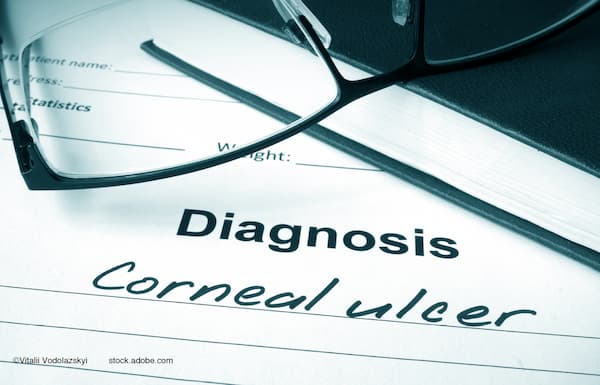Article
Imaging techniques valuable in glaucoma diagnosis
Data from the ongoing European Optic Disc Assessment Trial (EODAT) indicated that imaging techniques could be valuable assets to ophthalmologists in the diagnosis of glaucoma, according to Nic Reus, MD, from the Glaucoma Service of The Rotterdam Eye Hospital, Rotterdam, The Netherlands.
Data from the ongoing European Optic Disc Assessment Trial (EODAT) indicated that imaging techniques could be valuable assets to ophthalmologists in the diagnosis of glaucoma, according to Nic Reus, MD, from the Glaucoma Service of The Rotterdam Eye Hospital, Rotterdam, The Netherlands.
"Glaucoma can be difficult to diagnose," Dr. Reus said. "The IOP may not be elevated in up to 50% of patients, and up to 50% of retinal ganglion cells may be lost early in the disease process."
The EODAT was designed to determine the accuracy and repeatability of European ophthalmologists in classifying stereoscopic optic disc photographs as healthy or glaucomatous and to compare their accuracy with that of GDxVCC (Carl Zeiss Meditec) and the Heidelberg Retina Tomograph (Heidelberg Engineering).
Stereoscopic optic disc photographs from 48 patients with glaucoma and 40 healthy individuals were evaluated. Sixteen photographs of healthy and glaucomatous eyes were duplicated for assessing intraobserver agreement, expressed as kappa. A total of 207 ophthalmologists classified the disc photographs as normal or glaucomatous.
Dr. Reus reported that the overall accuracy of the ophthalmologists in correctly classifying the photographs was 80.8%. In comparison, the GDxVCC, Heidelberg Retina Tomography, and Heidelberg Retina Tomography with Moorfields regression analysis correctly classified the photographs 93.2%, 89.8%, and 86.4%, respectively.
"Classification appears better by imaging than by most ophthalmologists. Classification is difficult for ophthalmologists," Dr. Reus concluded. "There were large variations among ophthalmologists and among countries. Imaging techniques appear to be better on average than ophthalmologists and these imaging techniques can be helpful to ophthalmologists in the diagnosis of glaucoma."
Newsletter
Don’t miss out—get Ophthalmology Times updates on the latest clinical advancements and expert interviews, straight to your inbox.




